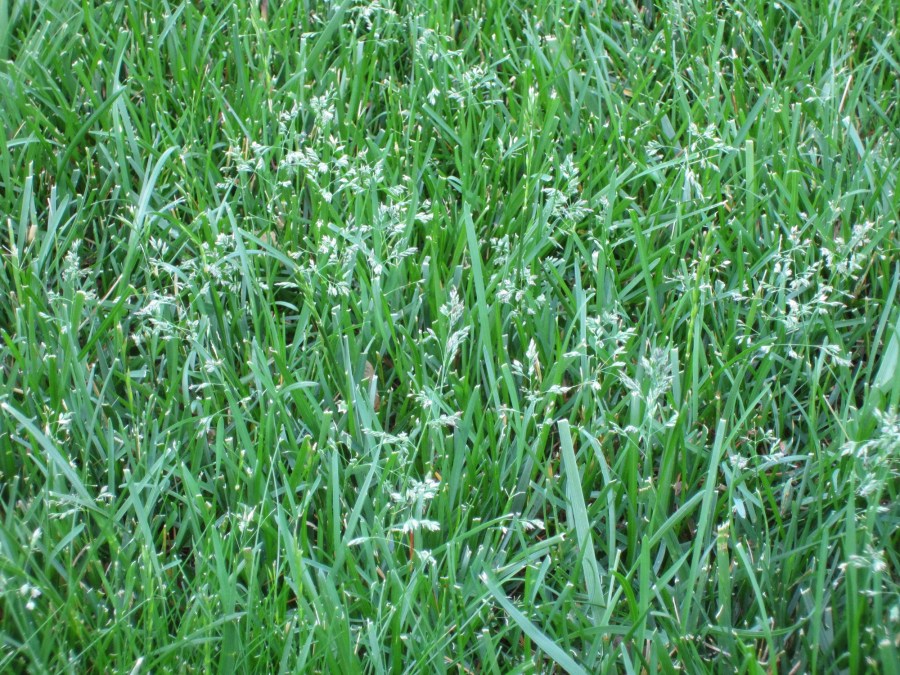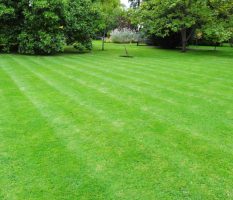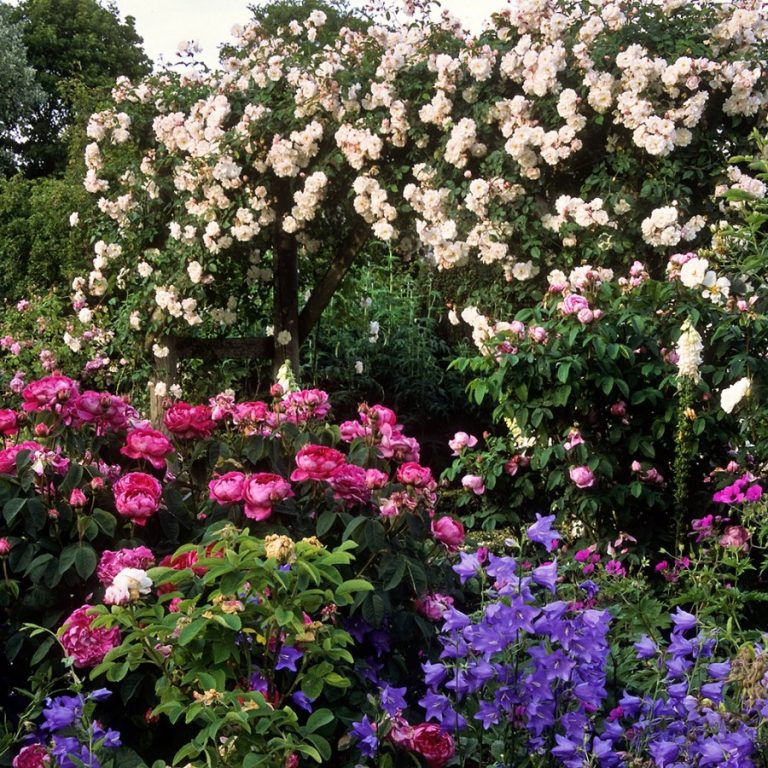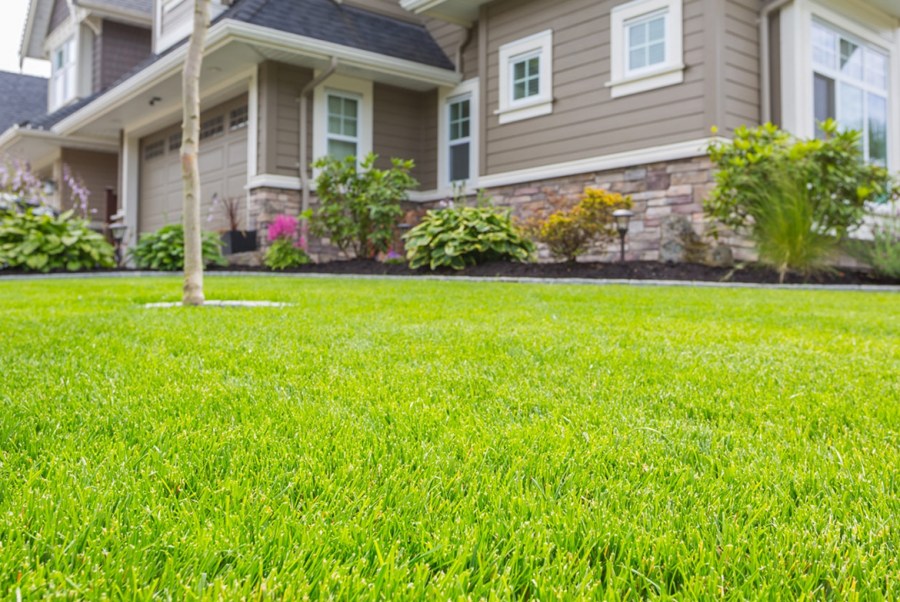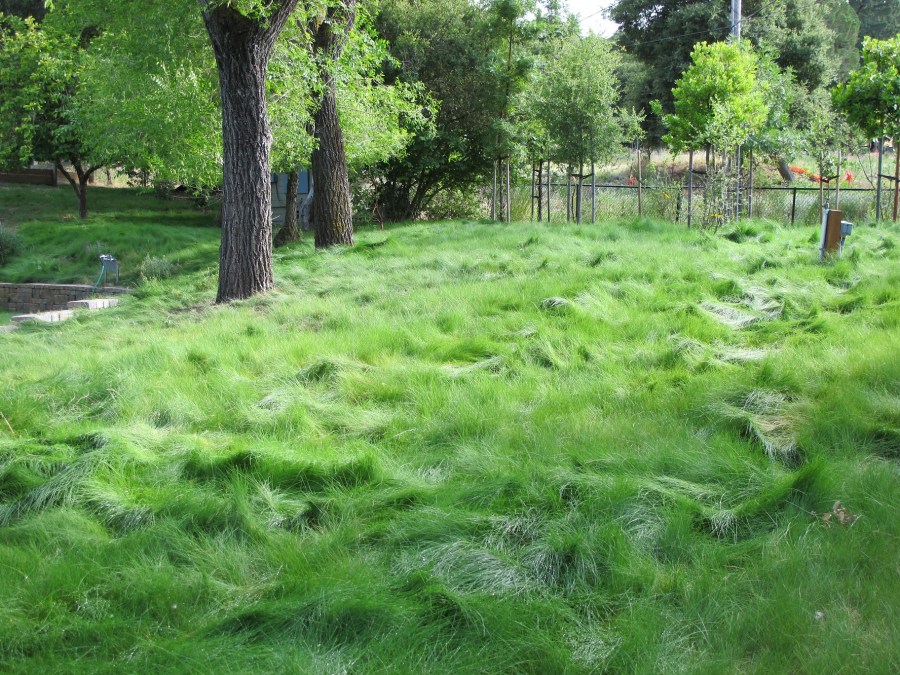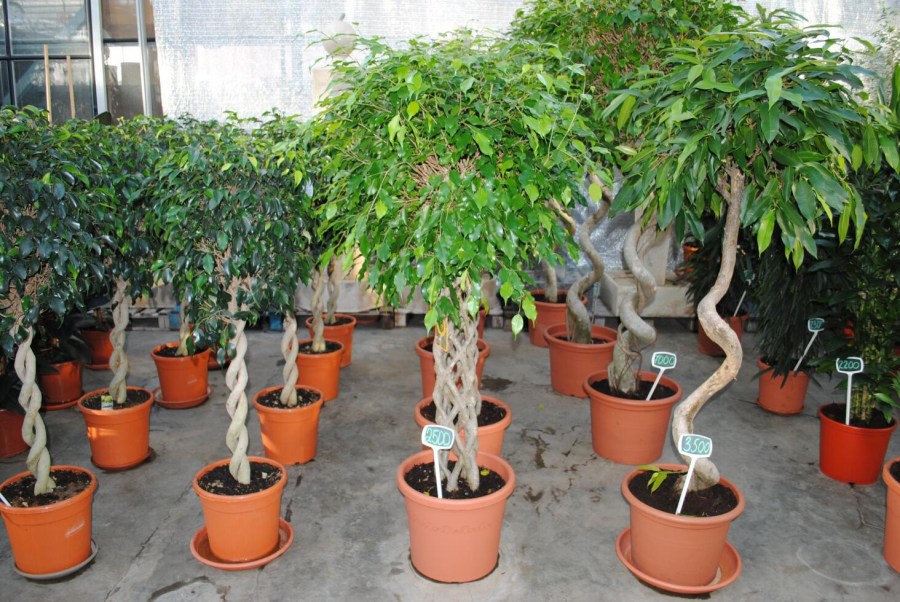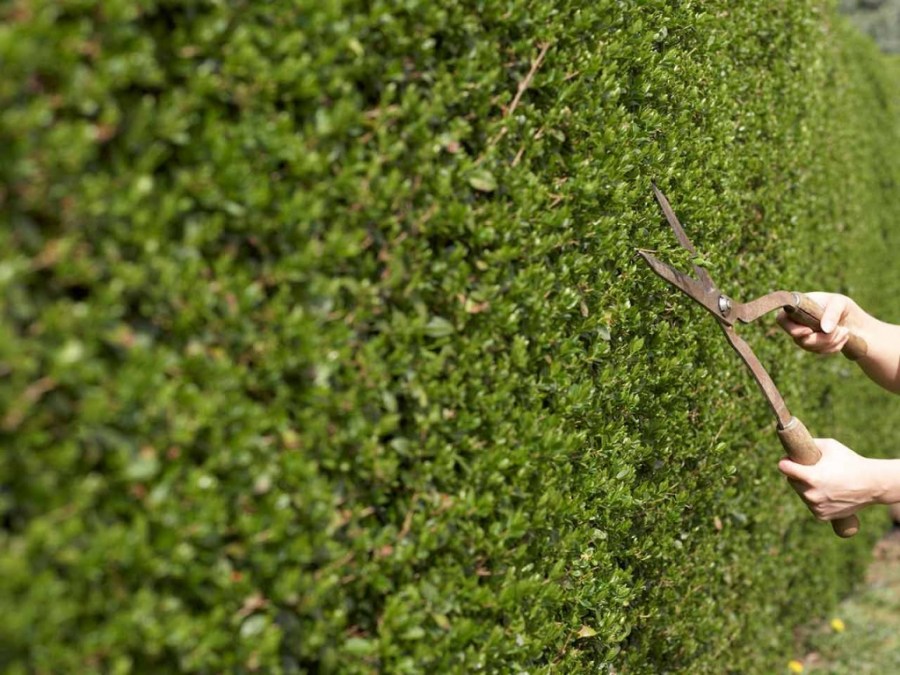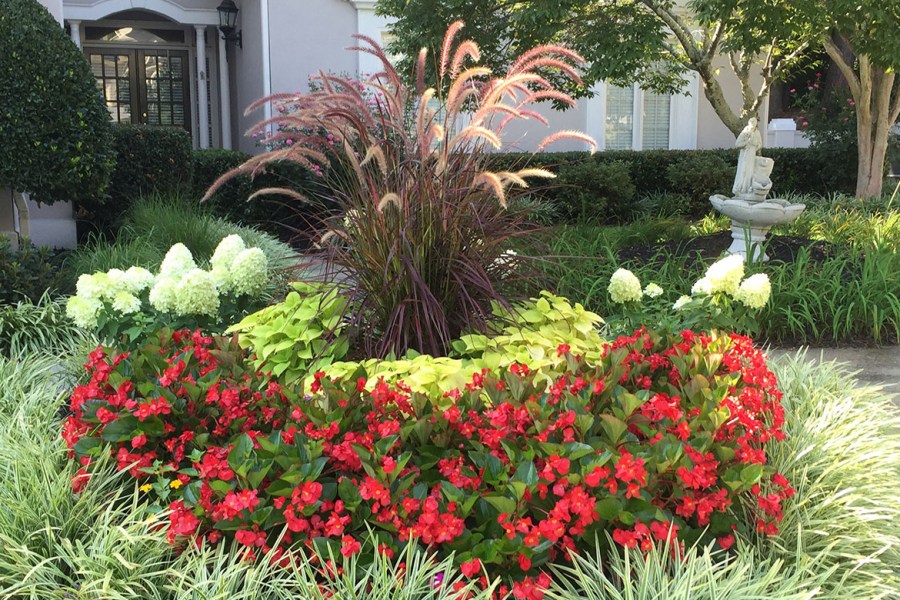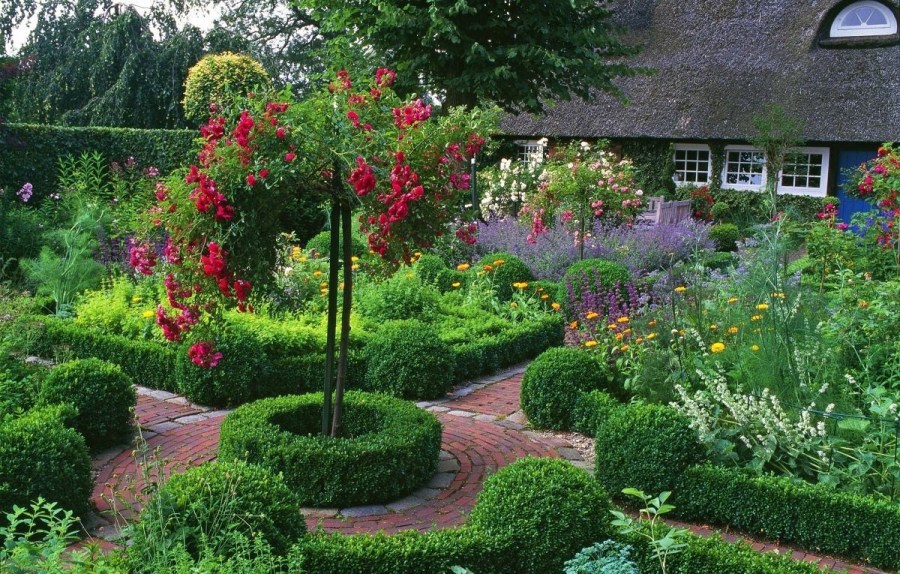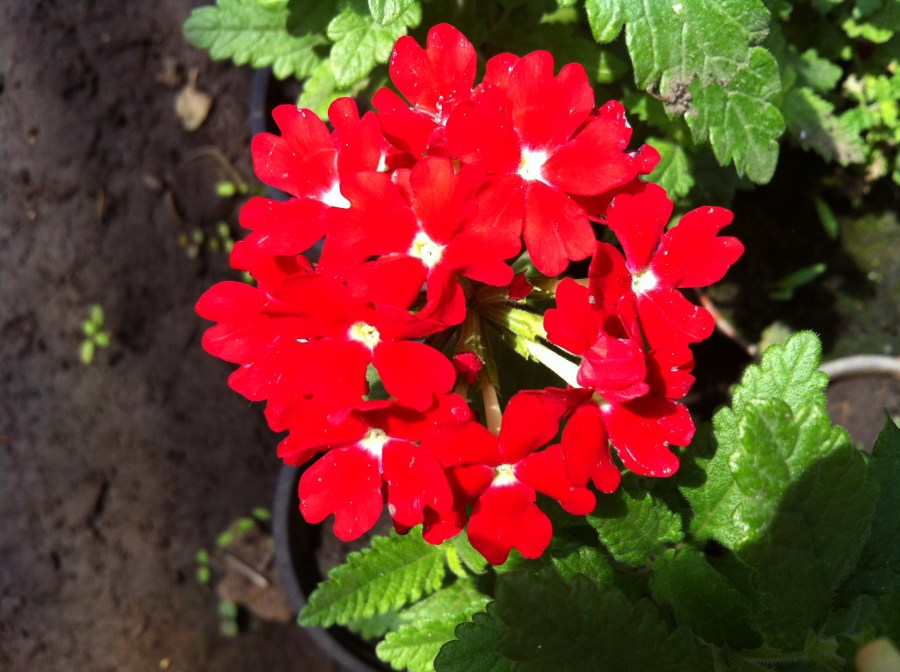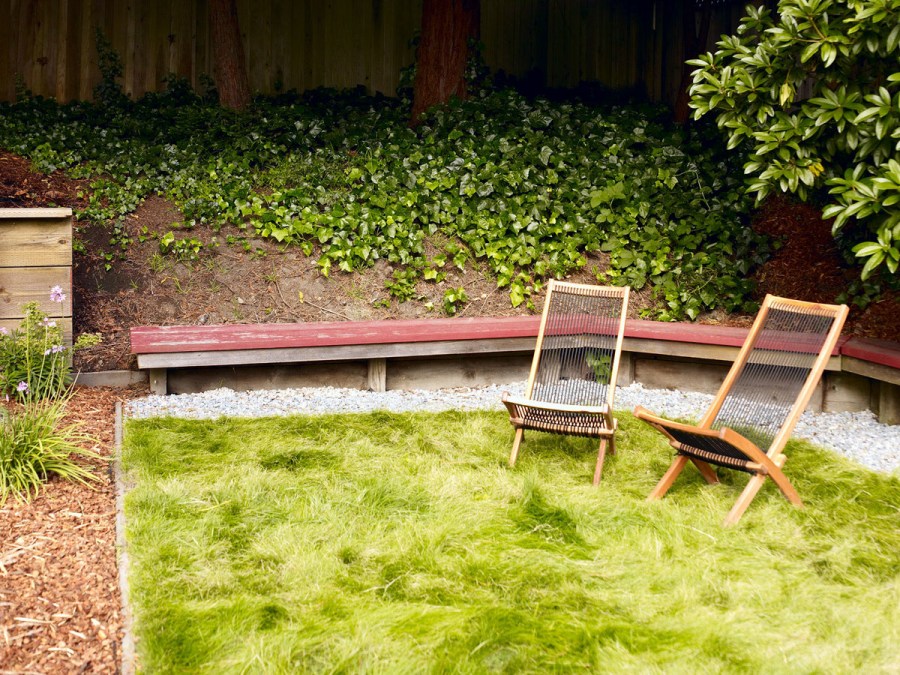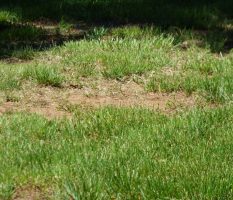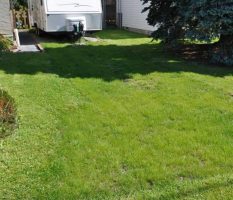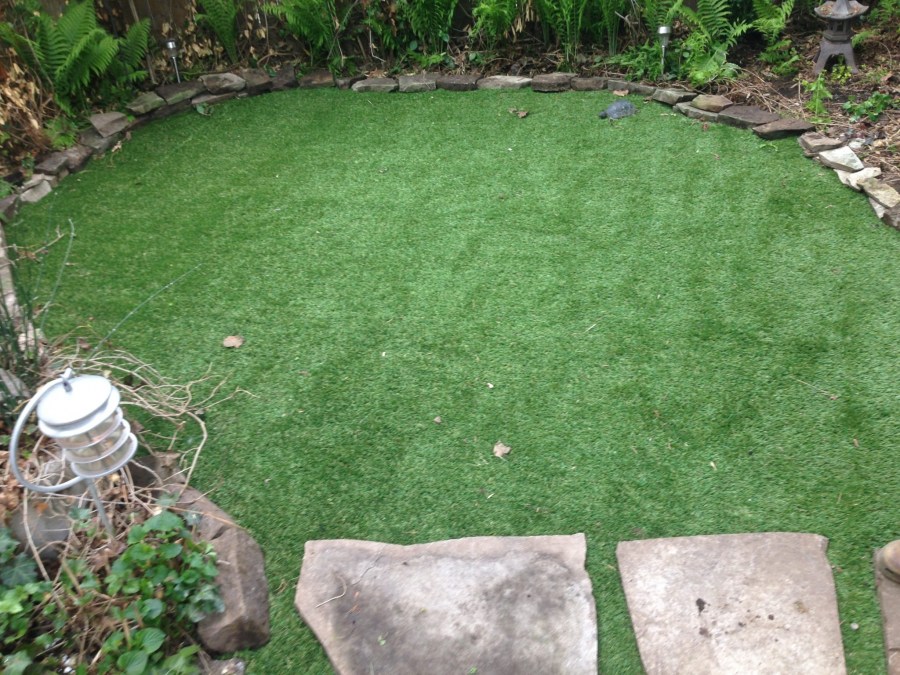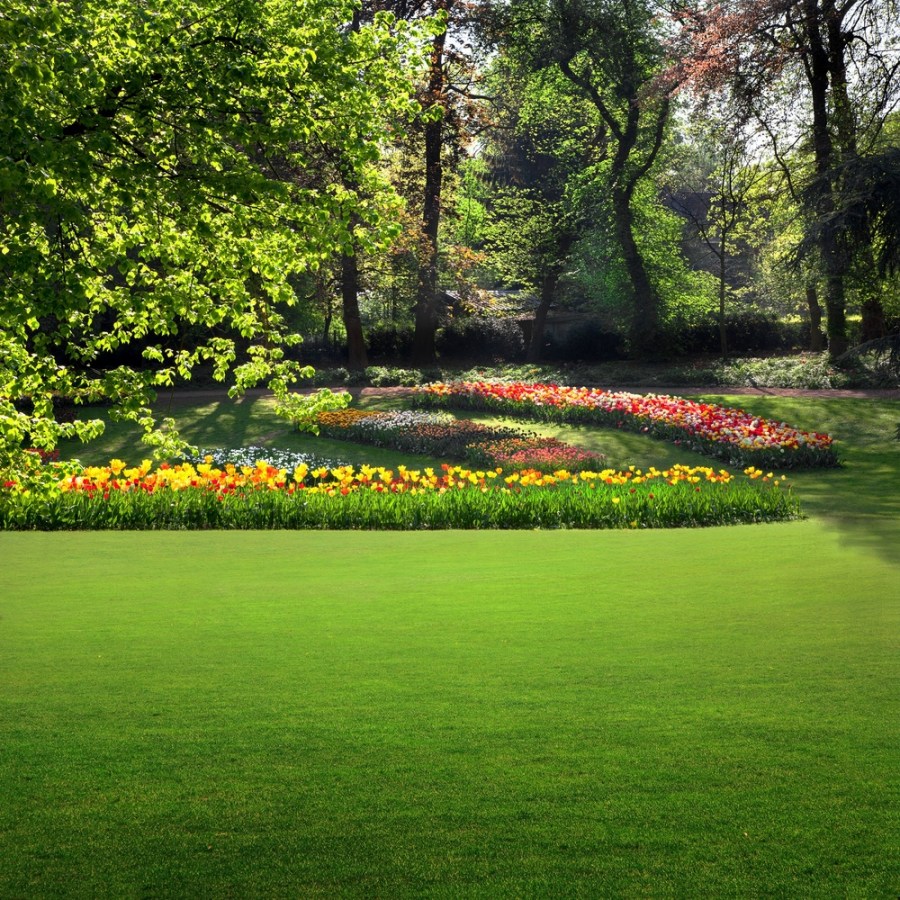Grass for a lawn - grass mixtures, seeds and the formation of a long-term design (120 photos)
Today, lawns have firmly entered our lives. They adorn the adjacent territory, park areas and squares. In the hope of saving money, many owners of suburban areas equip lawns from existing grass. Often, as a result of such work, an uneven coating with hard, shaggy vegetation is obtained.
In order for the lawn to impress with accuracy and beauty, it is necessary to choose the right seed. The question arises: which grass is better for the lawn?
Pick grass
The best option is considered cereal crops. Their advantages are the ability to withstand significant loads, rapid growth and vegetative propagation. It is pleasant and safe to move around.
Primary requirements
Not every cereal is suitable for creating a lawn. To get into the finished grass mixture, grass seeds for the lawn must meet a number of requirements:
The first criterion is the decorativeness, aesthetics of the grass. It should be soft, retain its natural color for a long time, without fading from the sun.
For operation in conditions of low temperature, the varieties must be frost-resistant.
The ability to form a good root system is very important. The branched underground part is a prerequisite for the growth of plants on all types of soil.
Selected species should be easily restored after shearing, mulching and other procedures.
From the point of view of care, it is better to use seeds of perennial herbs. They do not have to be sown annually; it is enough to sow in small areas.
The final choice is made based on the purpose of the coating, climatic conditions, illumination and soil type.
Be sure to pay attention to the expiration date of the seeds.
When and How to Plant Lawn Grass
To obtain a juicy grass cover, you need to determine the time of planting lawn seeds. There is no consensus on this. You can create a lawn in spring, summer and autumn. One limiting factor is weather conditions. The weather should be dry and calm.
In the spring months, the survival rate and germination of seed material is quite high. Experts believe that lawns planted in late April or early May develop better and adapt to the conditions of detention.
The sooner the sowing is done, the more time the owner of the lawn will have to fertilize and repair the coating. Lack of sowing in spring - weeds grow actively along with lawn seedlings.
Summer planting is popular in the southern regions with a long, warm fall. In July and August, the soil is well warmed up. It is an ideal environment for seed germination.
Plants have time to fully form, get stronger before the period of winter dormancy. By this time, weeds have already sprouted enough. They can be easily removed immediately before sowing lawn seeds.
Autumn work should be carried out before frost. You can plant a lawn in September. Morning dew will help maintain moisture in the soil, and weed growth will stop. Sowing in the frozen ground at the end of November is allowed.Seedlings should not be expected, but the seeds will undergo a natural stratification, which will improve their germination in the coming spring.
How to plant grass for lawn
Sowing is carried out on a prepared surface - leveled, weed-treated and fertilized soil.
Visually divide the entire area of the future lawn into several squares. Divide all the seed material approximately equally between them. Up to 40 grams are consumed per 1 square meter of land. seed.
You can plant with a seeder, or you can manually, mixing the seeds with sand in an amount of 1: 1. The placer is produced in 2 perpendicular directions. Density of landing at the edges should be higher than in the center.
After sowing, they add bedding, compaction and moderate soil moisture.
Types of Grass for Lawn
Depending on the function of the lawn (decorative, sports or special), a certain type of grass is used. You can buy both monoculture and grass mixtures of several varieties.
Grass of one type is used to create expensive professional lawns in sports stadiums. The mixture is an order of magnitude cheaper, it is not too capricious in care and is common to create lawns with your own hands.
Weed fighting grasses
The ideal grass, which itself will destroy unwanted vegetation, has not yet been bred. But many lawn crops form a dense turf, through which it is difficult to break through to alien roots.
The best lawn grasses that displace weeds
Polevole. A great choice for those who can not devote much time to the lawn. The plant in height does not grow as actively as in breadth. This reduces the frequency of cutting. Creeping shoots form a dense green mass, which prevents the formation of weeds. The polevole reacts poorly to direct sunlight, it is better to place it in partial shade.
Bluegrass meadow. As monoculture is practically not used, grass mixtures with bluegrass are widespread. This cereal representative is one of the earliest.
Advantages - softness, unpretentiousness to temperature differences and soil composition, resistance to trampling. Its ability to damp weed crops is rated a little worse than that of a field tree. A thick green carpet that impedes the germination of weeds forms several years after sowing.
Ryegrass. A feature of this herb is aesthetics, medium-wide leaves organically fit into any composition. The culture does not tolerate negative temperatures, so landing in the southern regions is preferred.
Microclover. Another natural weed fighter. In contrast to the polevole, it tolerates drought well. But upon closer examination, it does not look as decorative as other herbal "brothers." The plant dominates the lawn and suppresses not only weeds, but also cultivated grasses.
Fescue. Unpretentious resident of many lawns. It is used both as a monovid and as part of lawn mixtures. The plant is suitable for planting on depleted soils, not afraid of frost and heat.
A photo selection of grass varieties for the lawn is presented below. Combining these crops, you can achieve the best effect of crowding out weeds.
Artificial grass
What to do if there is little light on the site and poor conditions for the growth of a natural lawn? The solution will be the arrangement of artificial turf. Modern technologies make the visual difference between them almost indistinguishable. It is appropriate to lay such a lawn near the pool, on playgrounds for children.
The product is sold in rolls, which greatly facilitates the installation process. The basis is an elastic substrate with a latex layer. A pile with a height of 6-10 cm is fixed to it, its density is determined by the purpose of the lawn. Depending on the backfill, 3 types of artificial material are distinguished:
Unfilled (analogue of the carpet). It is characterized by a small (4-10 mm) fiber height. It is used for landscape design of places where traffic is not possible (café areas, private courtyards).
Semi-filled. It is a polyethylene yarn woven into a rubber base. When laying the lawn is covered with quartz sand. This is the best solution for tennis courts, sports complexes. The coating softens the fall, contributes to a clear bounce of the ball.
Backfill. This is a specific grass used on professional football fields. Backfill is a combination of rubber crumb and sand. The coating is well springy, reliably protects against injuries.
The advantages of artificial lawns are year-round use, wear resistance, hygroscopicity, lack of watering and top dressing. To remove moisture in the substrate, drainage holes are provided.
Natural grass in rolls
Rolled grass for lawn is grown in nurseries. The average period from planting seeds (most often, bluegrass and fescue) to the availability of coverage is 3 years. By this time, the lawn has time to grow stronger, to grow an extensive root system. The finished canvas is cut into strips of 40x200 cm and twisted into a bay so that the roots do not dry out. The weight of one roll reaches 25 kg.
It is advisable to lay such a lawn on the day of purchase. So there is a greater chance that he will take root. Work sequence:
- Installation begins from the corner of the site. Roll out the bay directly, it is not allowed to bend, turn the canvas. If there is an obstacle on the way (the edge of the curb, the corner of the flowerbed), then a corresponding cutout is made in the lawn.
- All rows are laid tightly end-to-end (without gaps and overlap) in a checkerboard pattern. The layout looks like brickwork.
- For edges, use solid stripes. Place trimming rolls in the center.
- After laying the first row, install on it a deck of boards. The following rolls are lined up while standing on it. This eliminates the punching of the new coating with your feet.
- Water the lawn. Try to prevent the soil from drying out.
Rolled lawn allows landscaping quickly and efficiently. After 7-14 days, you can actively navigate it.
Photo of grass for lawn
Concrete walkways - 95 photos of garden decoration with simple and effective methods
Modular house (90 photos) - the best construction technologies for permanent residence
Form for tracks - 100 photos of design examples. Step-by-step instructions for creating a form
Join the discussion:

















